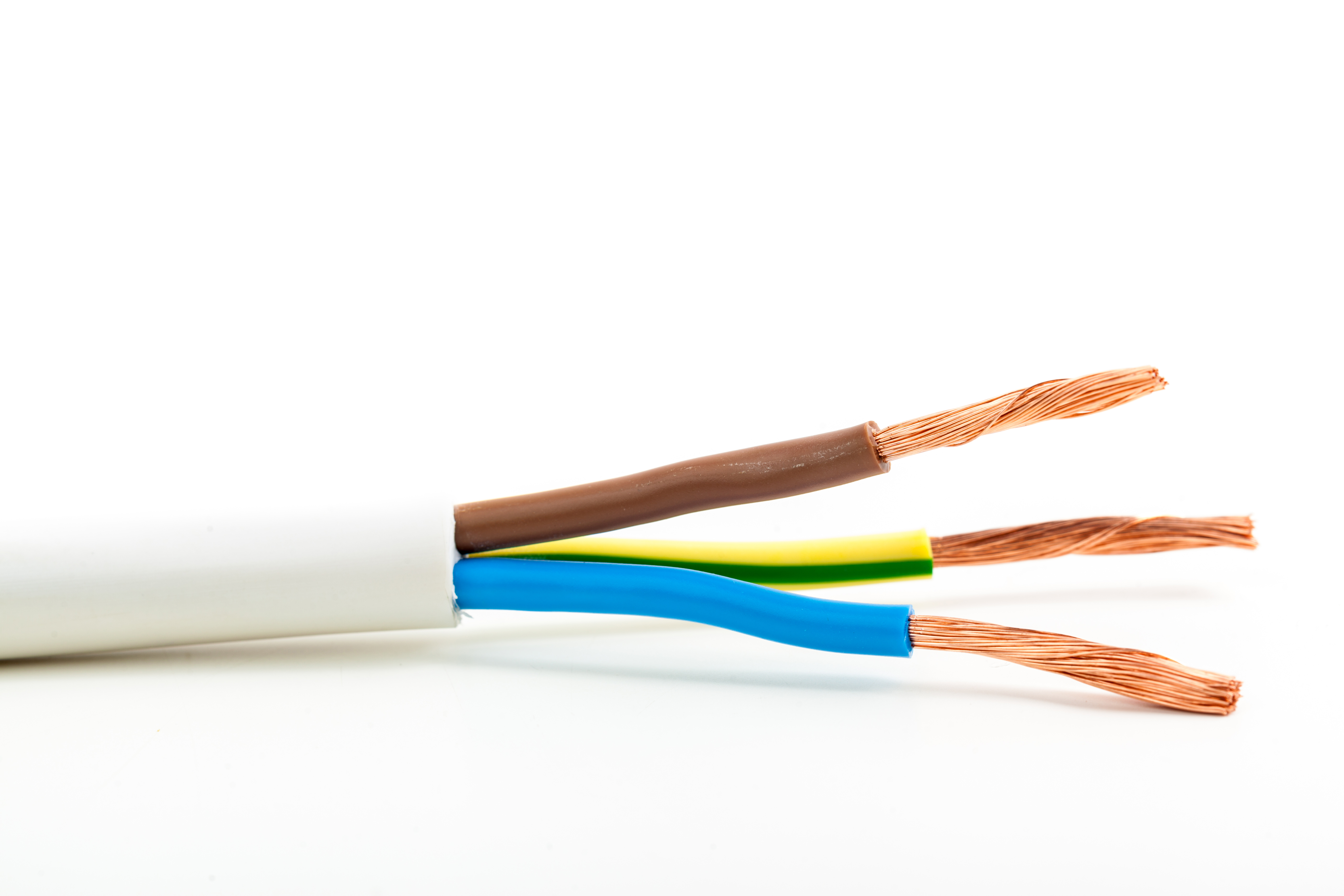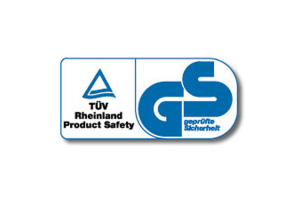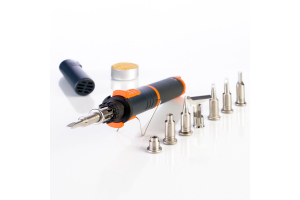We use cookies to make your experience better. To comply with the new e-Privacy directive, we need to ask for your consent to set the cookies. Learn more.
Ways to Connect Wires Without Soldering: Safety Considerations and the Superiority of Soldering

When it comes to connecting wires, soldering is often hailed as the gold standard for creating strong, reliable connections. However, many people have varying opinions on the best process for making electrical connections. There are alternative methods for those who prefer not to solder. In this guide, we'll explore various ways to connect wires without soldering, briefly discuss the safety issues associated with each method, and ultimately explain why soldering stands out as the best option.
So, should you crimp or should you solder or use another format such as wire connectors?
1. Wire Connectors
Method:
Wire connectors, such as twist-on wire nuts or push-in connectors, are common alternatives to soldering. They provide a quick and easy way to join wires.
Safety Issues:
While convenient, wire connectors may loosen over time, leading to potential electrical hazards. They are not always suitable for applications with vibrations or movement.
2. Crimping
Method:
Crimping involves using a crimp connector or terminal to join wires by compressing them together using a specialized tool.
Safety Issues:
Crimped connections can be reliable if done correctly, but they may not be as mechanically robust as soldered joints. Over time, crimps can be susceptible to wear and environmental factors.
3. Wire Twist and Tape
Method:
Twisting wires together and securing them with electrical tape is a simple and quick way to make a connection.
Safety Issues:
This method is prone to loosening, posing a risk of poor electrical contact and potential safety hazards. It is not recommended for permanent or critical applications.
4. Terminal Blocks
Method:
Terminal blocks are modular, insulated blocks that allow multiple wires to be connected together.
Safety Issues:
While terminal blocks can provide a secure connection, they may not be as compact or suitable for applications with limited space.
Why Soldering Stands Out:
Method:
Soldering involves melting a metal alloy (solder) onto the wires, creating a solid and durable connection.
Safety Benefits:
Durability: Soldered connections are strong and less prone to loosening, providing a long-lasting solution.
Reduced Resistance: Soldering reduces electrical resistance in the connection, improving overall performance.
Precision: Soldering is ideal for intricate electronics work, providing precision and reliability.
Space Efficiency: Soldered connections are compact, making them suitable for applications with limited space.
Why We Believe Soldering Is the Best Option:
While other methods may offer convenience, soldering stands out for its combination of strength, reliability, and precision. It creates a permanent and robust connection that is especially crucial in electronics, automotive applications, and any scenario where durability is paramount. Soldering requires skill and practice, but the investment in learning the technique pays off in the form of secure, long-lasting connections that prioritize safety and performance.
In the world of wire connections, where reliability is key, soldering remains the superior choice. Consider your project's specific needs and the long-term reliability you require when choosing the best method to connect your wires. Happy soldering!





